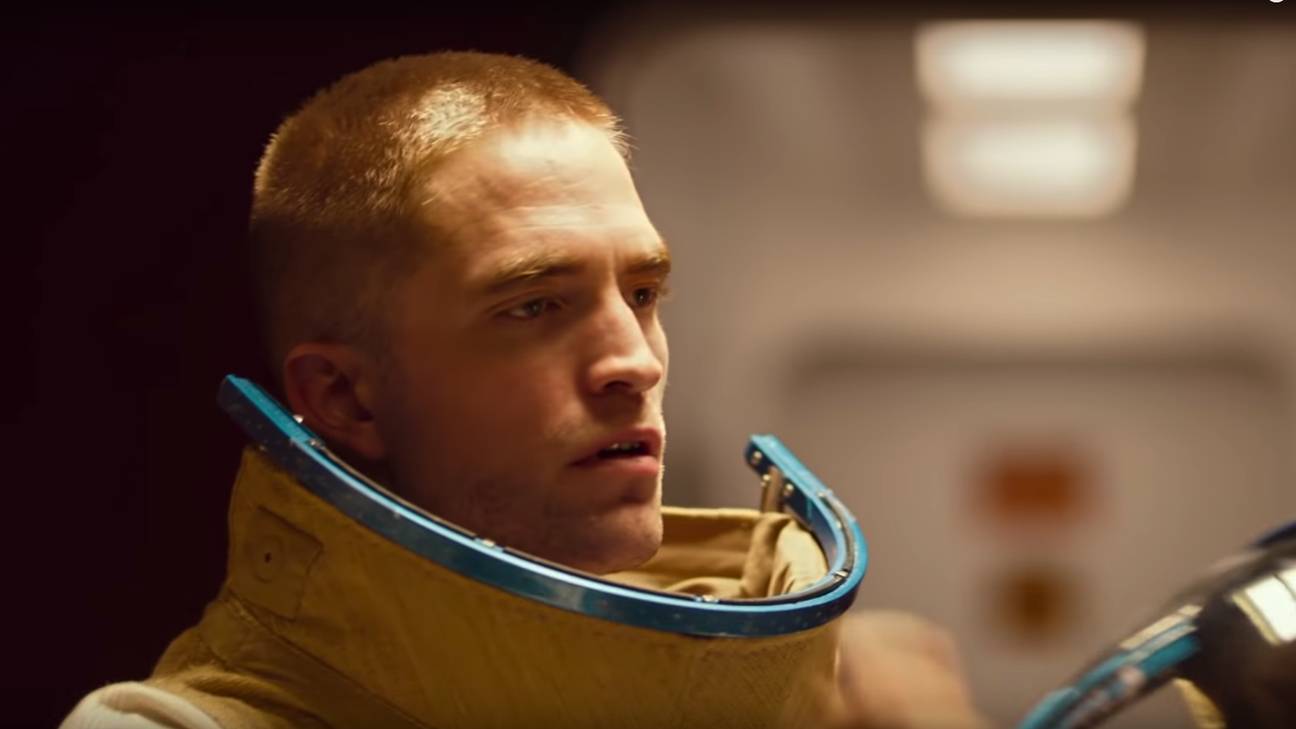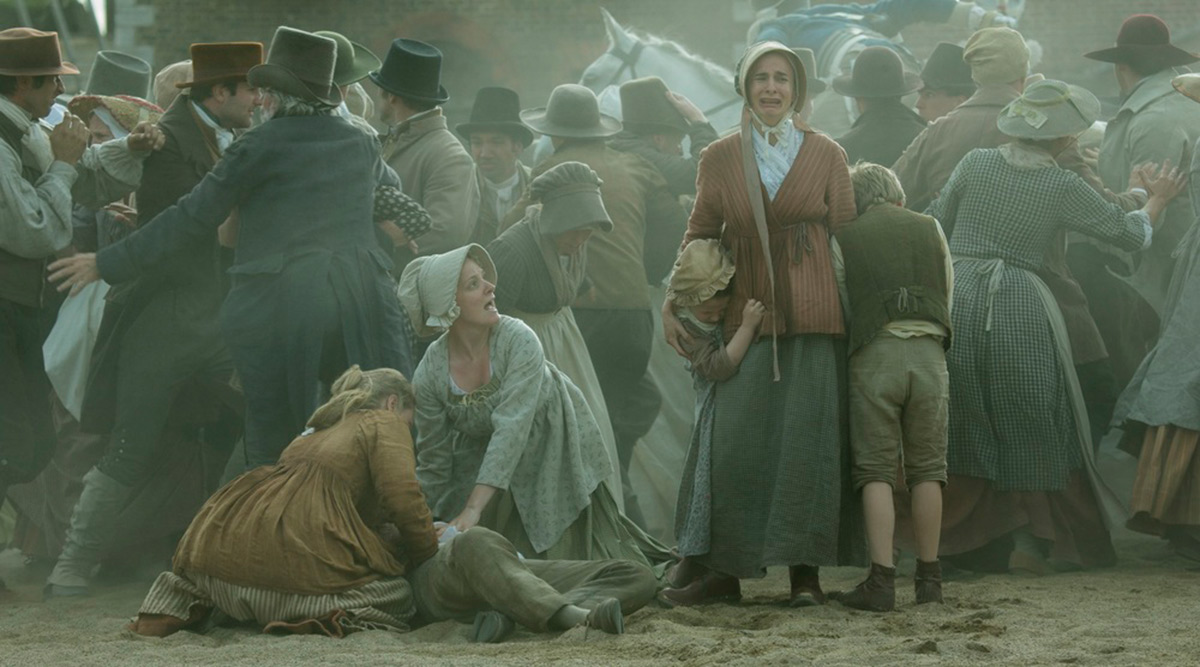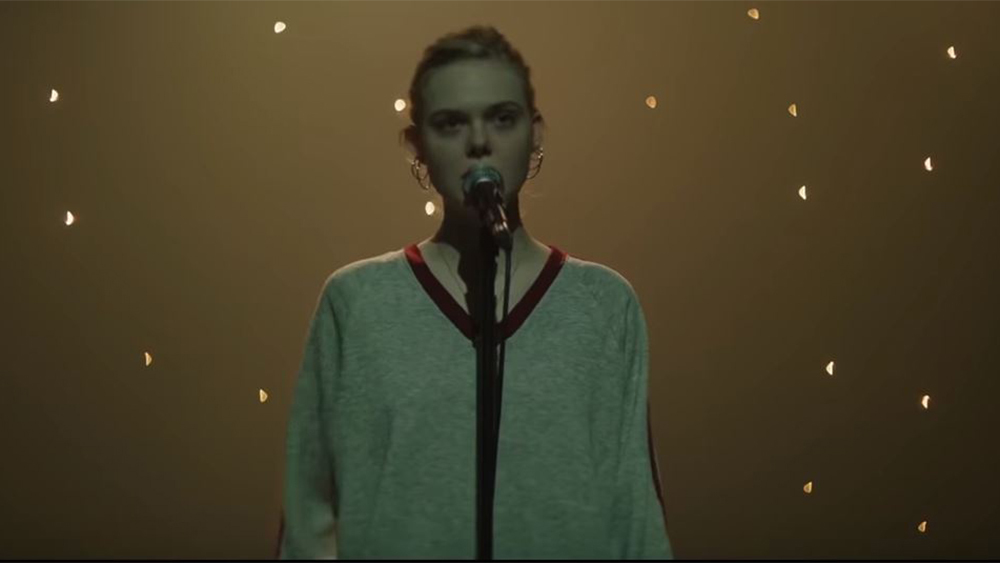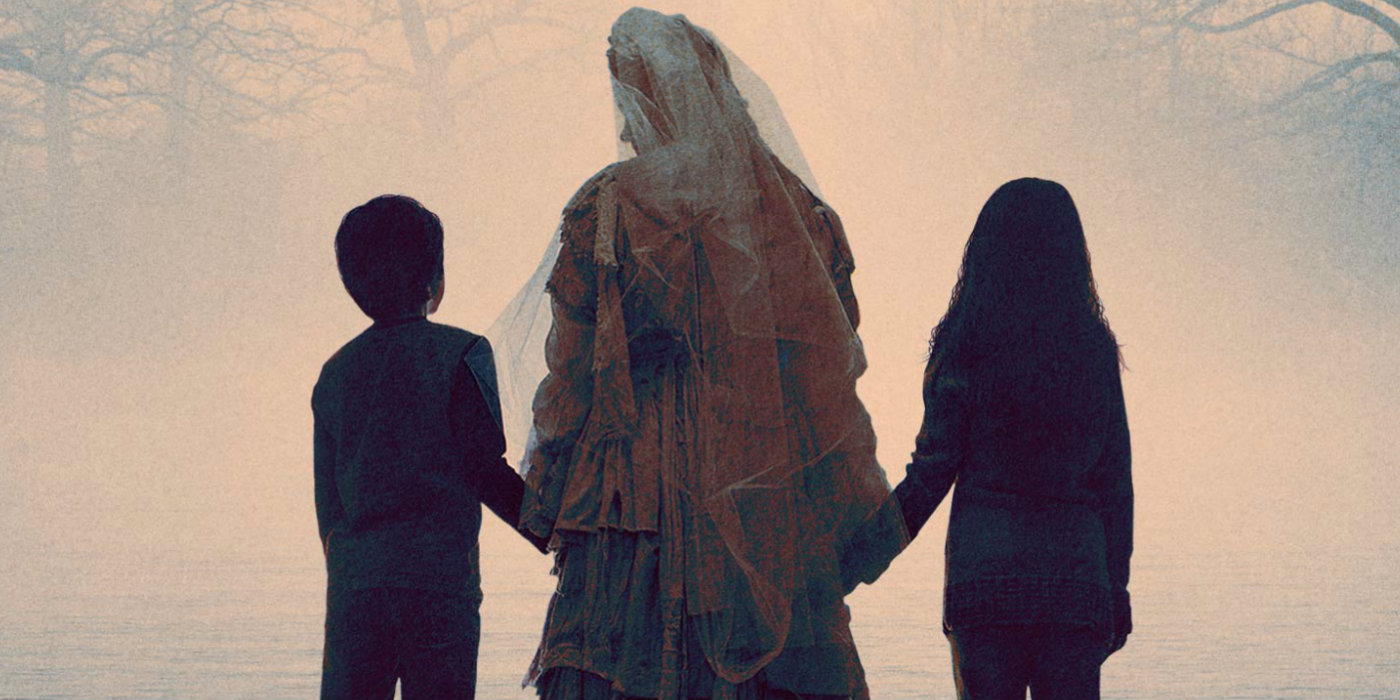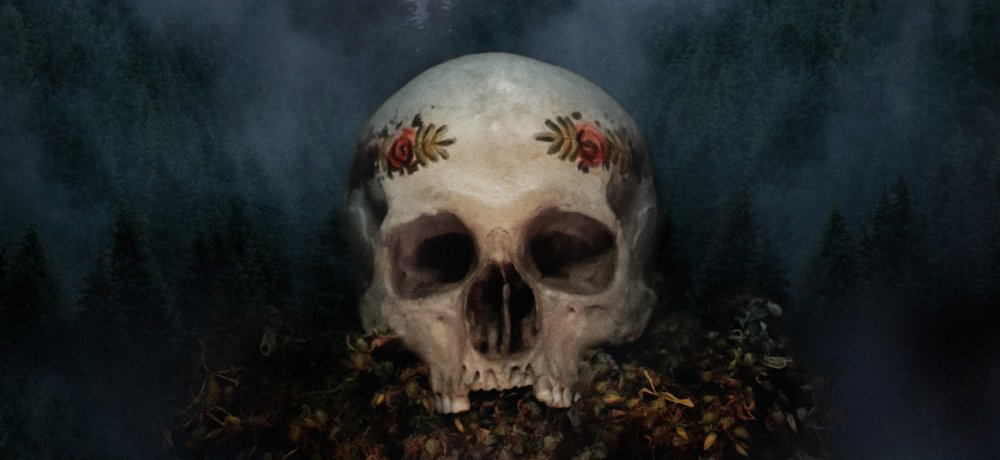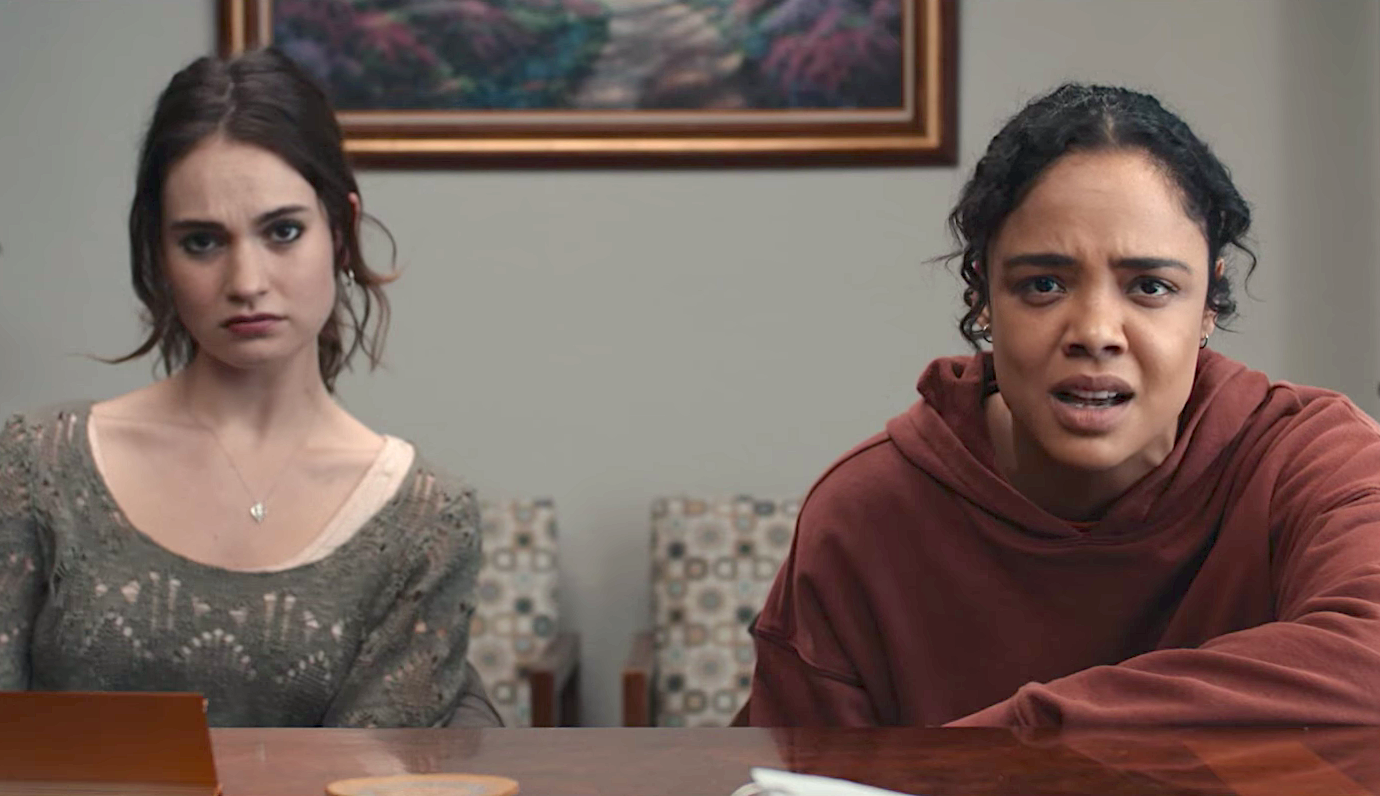High Life
by George Wolf
In tackling the final frontier, it’s not surprising that unconventional filmmaker Claire Denis shows little interest in the usual themes that dominate the sci-fi genre. High Life floats very deliberately in its own headspace, touching down somewhere between enlightened consciousness and acid-blooded killing machines.
Monte (Robert Pattinson) appears to be the last survivor of a spacecraft’s crew, but he’s not alone in deep space. He has baby Willow to care for, tending to her needs while he performs his duties and files the regular progress reports that feel increasingly futile.
The infant is one of many general questions director/co-writer Denis casually raises before playing with the film’s timeline to address them, all the while picking at the scabs of deeper insights into the primal desires and self-destructive instincts we cannot escape.
Denis is more than aware of her genre playground (there is a character named Chandra, after all), and while you may be reminded of other sci-fi institutions, High Life lives in the uncomfortable places even the best of these films gloss over. It is bleak and often surreal, draped in the stifling desperation of a crew seemingly controlled by Dr. Dibs (Juliette Binoche – a terrific model of subtle menace).
There is sex (Binoche’s solo sequence is damn near unforgettable) but no affection, reproduction reduced to its most clinical nature and an element of body horror that Denis’s close-up camerawork demands you acknowledge. Though the deep space effects may not be big-budget worthy, succinct visual storytelling is always in play.
In the latest of many challenging indie roles he’s been choosing post-Twilight, Pattinson is again impressive. In a succession of unlikable characters, he gives Monte a gradually sympathetic layer, an element that becomes critical to making the film’s third act as effective, and ultimately hopeful, as it is.
To her credit, Denis has always shown little regard for standard convention. While there is much to be gleaned from the opening and closing shots of her latest, it is the ride in between that makes High Life such a different animal.
